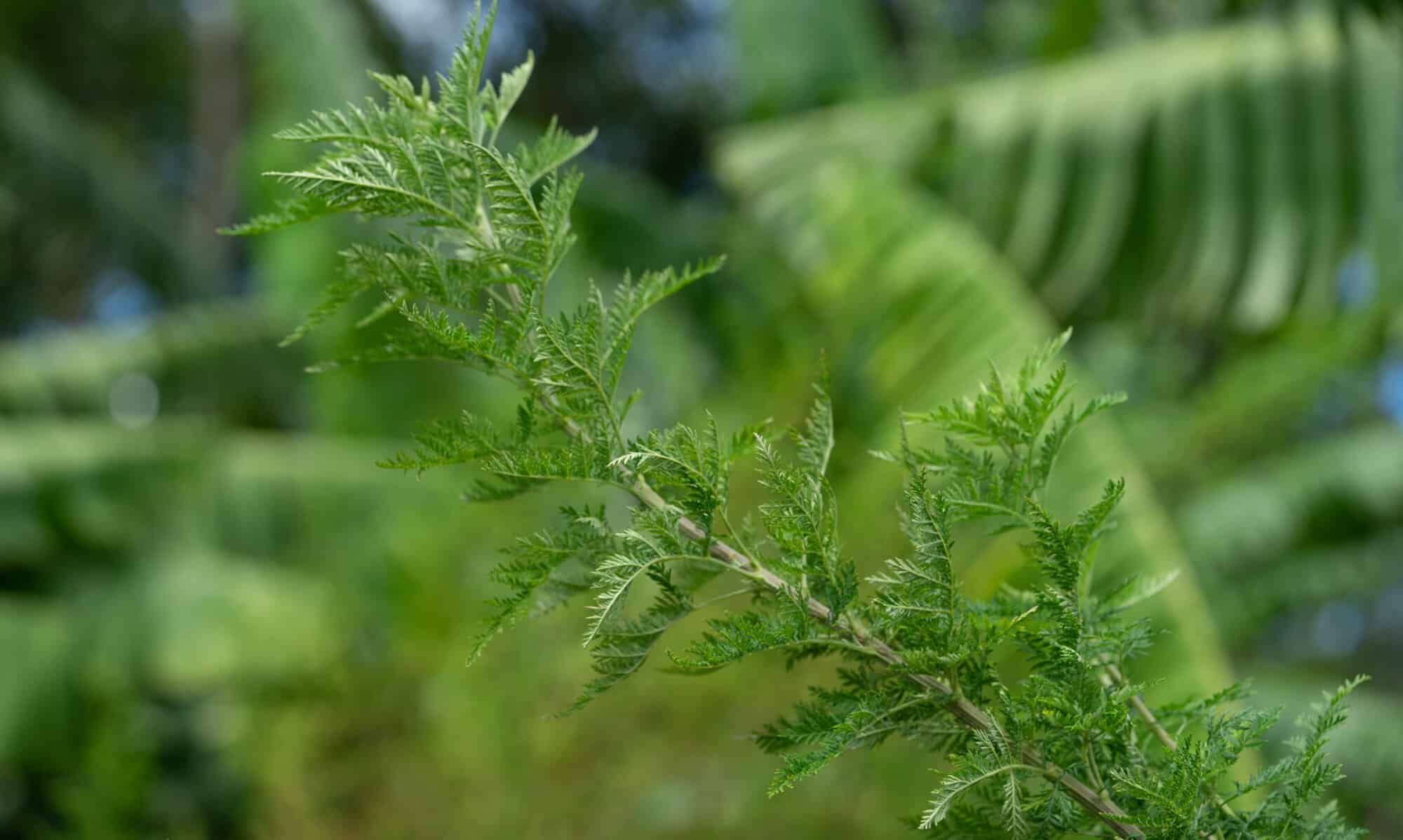23 Sep. 2022
Repulsive effect of Artemisia

Recent News

12 Mar. 2024


“Merci de nous avoir contacté, nous revenons au plus vite vers vous.”
L’équipe artemisia